As fall slides into winter, some of us are wrapping it up while others are just getting started. In the coldest zones these are the months to give your hardworking garden a much needed rest. In warmer zones, this is still prime planting time for shrubs and perennials. No matter where you live, let's remember to take time over the next few months to just wander the yard. Observe the beauty of the "quiet" season. Nature never fails to delight if you know where to look! (This is Red Twig Dogwood a zones 2 – 8 winter beauty due to the bare red stems. Warmer zones, you’ll have to content yourself with still blooming roses.)
Here’s how to make the most of these months.
Zone: 3 - 5

Keep Watering: When you have a bit of thaw (it happens!), grab the hose and water trees and shrubs— especially newly planted ones—and all evergreens. And give special love to watering parts of the garden that receive salt spray. Good soaking will dilute the salt concentration absorbed by plant roots.
(Ramapo Rhododendron, Zone: 4 – 8)

Winter Compost: You probably know the basics. Layer green materials such as spent plants and vegetable kitchen scraps with dry materials such as chopped up leaves. Let the process of decomposition generate the heat needed to make compost-but during the colder months decomposition will be slower. Keep soil microbes active by siting compost bins in a sunnier part of the yard. Sprinkle with water weekly if there is no rain. You’ll have compost by spring; sooner if you turn the pile.
Zone: 6 - 8
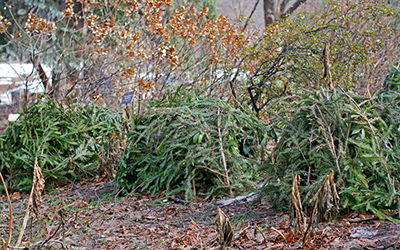
Nipping the Nose: This is the season of sudden swings in air temperatures and frost warnings. Keep ahead of potentially plant-zapping cold snaps. Do so by having row covers, newspapers, old blankets, or even plant branches at the ready to cover sensitive plants. Many plants can come back from a light frost (32°-29°). Although, warnings of a heavy frost (28° and below for 4+ hours) should get your attention. (More about frost here.) Watering plants thoroughly the night before a freeze can also help.
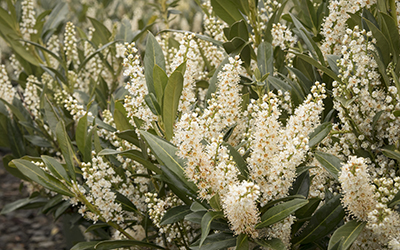
Shovel Ready: You should still be able to plant hardy trees and shrubs into early December. Roots are actively growing and busy storing nutrient reserves for the next season. Just remember to add a thick layer (about 2"-3") of compost around the base of the plant. Pulling it back from the main stem, to help insulate and keep soil warm. Laurels, hollies, camellias are all great choices!
(Jade Enchantress® Cherry Laurel, Zone: 6 – 9)
Zone: 9 - 11
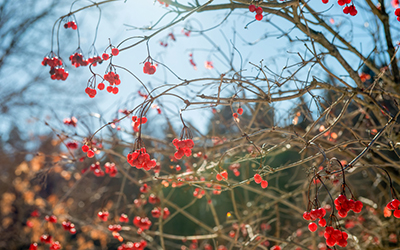
Feed the Birds: Encourage migrating birds that are moving into or through the area to visit your garden. Do so by providing cover, berries and water. Where possible, choose plants that are native to your region because birds recognize them, and thus spend less energy foraging. By offering a variety of foods at your backyard feeders you're more likely to attract greater numbers of bird species. Learn more here.
(Sparkler® Arrowwood Viburnum, Zone: 4 – 9)
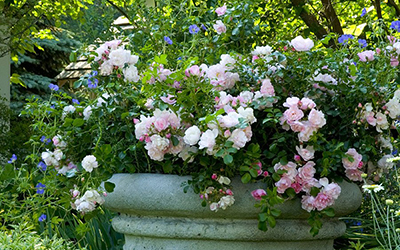
Rosy Outlook: One of the many benefits of nursery container grown roses is that they can be planted anytime. Especially so in these cooler winter months. Roses either put into the ground or into larger decorative pots will do their thing all winter. They'll reward you with first blooms as early as March of next year depending on your zone. Just remember to water well all winter if you don’t have rain. And, stock up on pretty vases–you’ll need them!
(Flower Carpet® Appleblossom Groundcover Rose, Zone: 4 – 10)
ALL ZONES
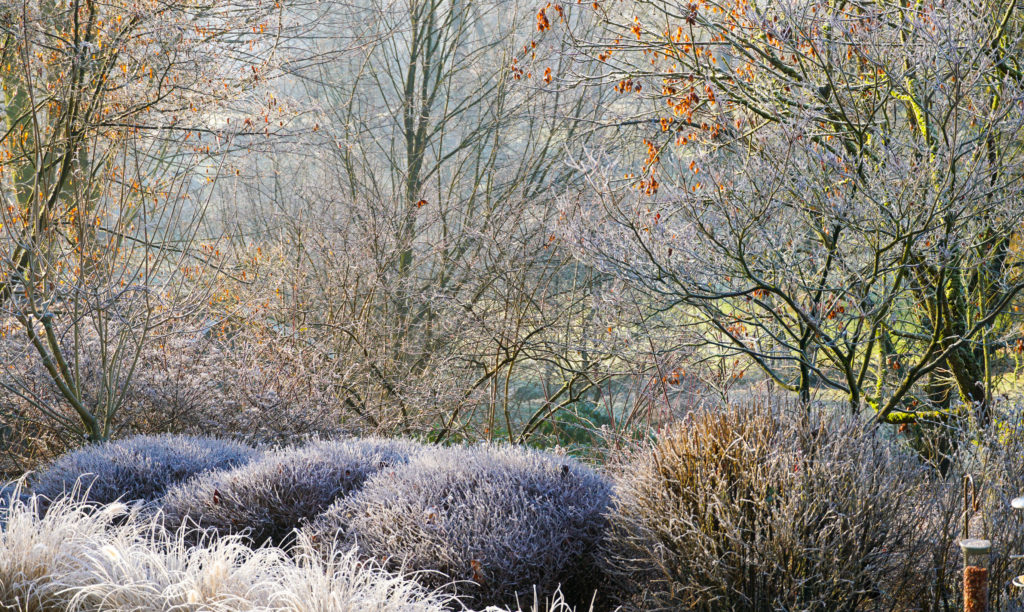
A note from the editors:
Thank you for being part of our community on this blog this year. We have read every comment, enjoyed your stories and experiences, and learned so much from you about why your plants and your garden have a special place in your life. We’re excited to continue the conversation next year. In the meantime, we’ll leave you with this lovely winter moment because the garden is amazing whatever the weather.




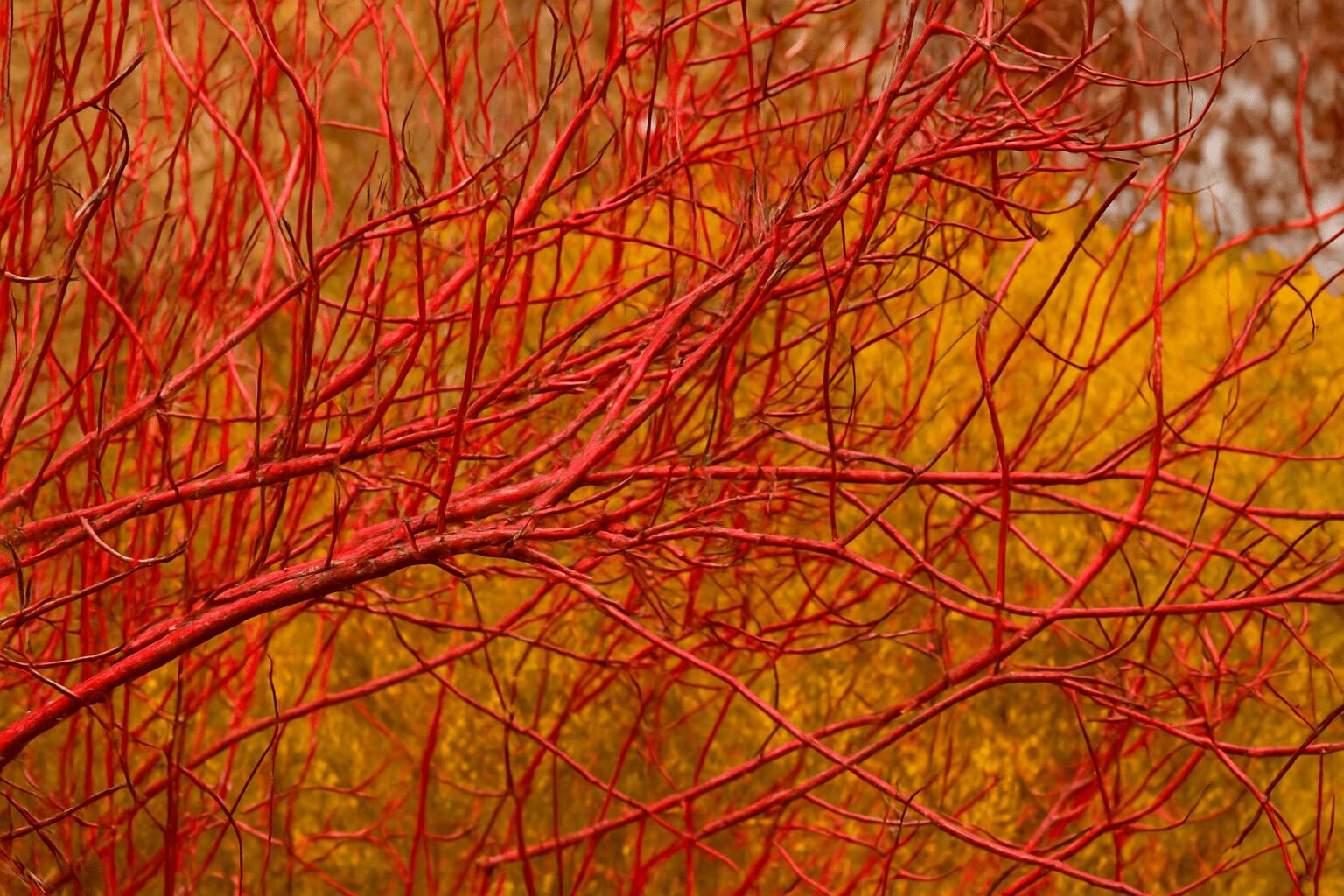
Please login to comment.
Don't have an account?
Sign Up for free